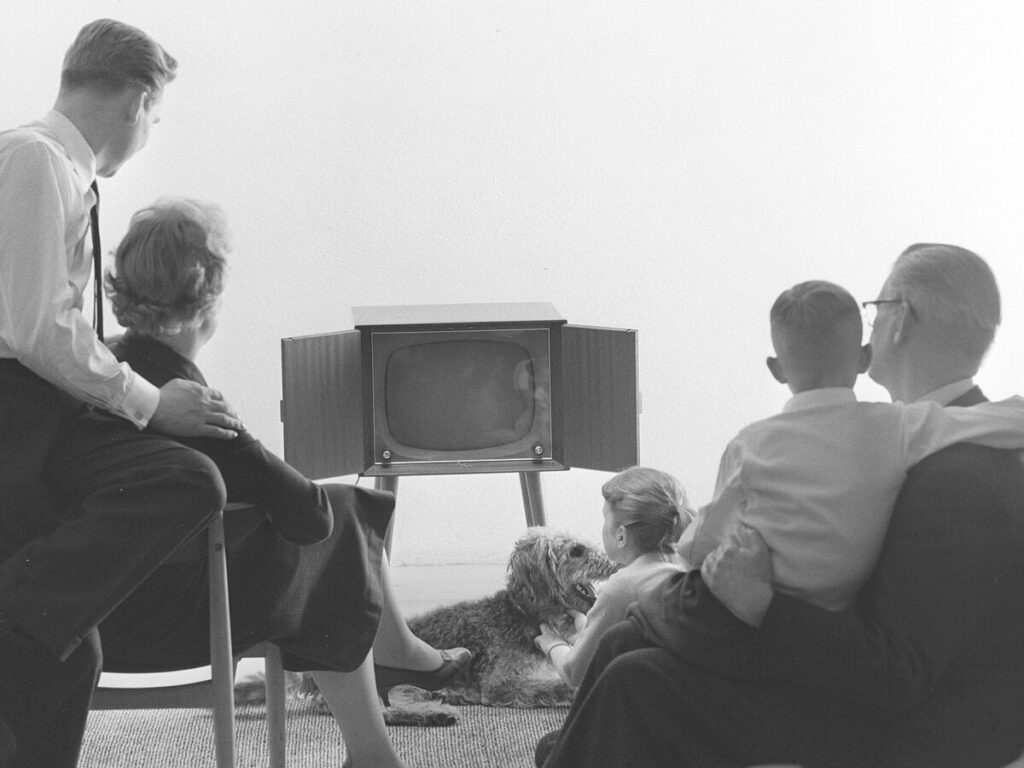Amazing stat: Only half the homes in America have cable TV anymore
The decline of the pay TV industry has reached a critical juncture, with projections indicating that by the end of 2025, only 50% of U.S. households will subscribe to cable or digital pay TV services, a staggering drop from nearly 90% just 15 years ago. This stark statistic, highlighted by Madison and Wall, underscores a significant shift in consumer behavior as viewers increasingly migrate to streaming platforms and digital content. The decline has been gradual but relentless, prompting major players in the industry, such as Comcast and Warner Bros. Discovery, to reassess their strategies. Many are actively seeking to divest or spin off their cable assets in response to this ongoing trend, acknowledging that traditional pay TV is no longer the reliable revenue stream it once was.
Advertisers, who historically relied on linear TV for broad audience reach, are also feeling the impact of this shift. As noted in the Madison and Wall report, while linear TV still commands a significant share of advertising inventory, it is losing its effectiveness as viewers turn to alternative platforms for content consumption. Streaming services, social media, and digital video are not only gaining traction but are also proving to deliver comparable awareness outcomes for advertisers. This transition mirrors past technological shifts, such as the decline of AOL’s dial-up internet service, which persisted for years even as broadband became the norm. The pay TV industry, while still profitable, faces an uncertain future as it grapples with the reality of a rapidly changing media landscape. As we look ahead to 2025, the changes in how we consume television will likely reshape the entertainment industry in profound ways.
Here’s a scene from 1959 that you’re very unlikely to see in 2025
Sjöberg Bildbyrå/ullstein bild via Getty Images
For years, the pay TV business seemed to defy gravity.
Even as people were flocking to the internet, cable TV subscriptions stayed in place.
That’s no longer the case. The business has been eroding for a decade, and it just crossed a symbolic milestone.
You know that the cable TV industry is in steep decline.
You know it because of all the evidence around you. And you know it
because
we
tell
you
about
it
over
and
over
.
Still, sometimes you see a stat that helps put it all into even sharper perspective. Like this:
Fifteen years ago, nearly 9 in 10 US households had a pay TV subscription. By the end of 2025, that number will be down to five out of 10.
That estimate comes from
Madison and Wall
, the technology/media advisory firm. CEO Brian Wieser also helpfully shows what those stats — which include traditional pay TV providers like Comcast, and digital ones like YouTubeTV — look like in chart form:
Madison and Wall
(That 50.2% number is for Q3 of this year; Wieser thinks that should get down to 50% or lower by the end of December.)
Again, this is not news for people who invest in or operate media companies. It explains, for instance, why everyone from Comcast to Warner Bros. Discovery to A&E is trying to sell, spin off, or otherwise ditch most of their cable TV assets. (Larry and David Ellison’s Paramount, meanwhile, insists that it won’t spin off its cable channels, even while it acknowledges that ”
each quarter is accelerating decline
.”)
It also has implications for advertisers, who stuck with TV for a long time, even when it became clear it was in decline, because that was a tried-and-true way of reaching a lot of people. No longer.
“Linear TV can still deliver high levels of reach and retains an outsized share of inventory, but higher levels of audience reach can be found elsewhere,” the Madison and Wall
report
published Tuesday notes. “As consumers migrate to streaming, endemic digital video, and even social video, those environments increasingly deliver similar awareness outcomes.”
As many TV executives, employees, and investors note, pay TV isn’t shutting down tomorrow — the business still makes money, even as it shrinks. Which reminds me a bit of my
AOL’s dial-up internet business
, which stuck around for many years after just about everyone had moved on to broadband.
AOL finally
shut it down
in September.
Read the original article on
Business Insider
Eric
Eric is a seasoned journalist covering Business news.



